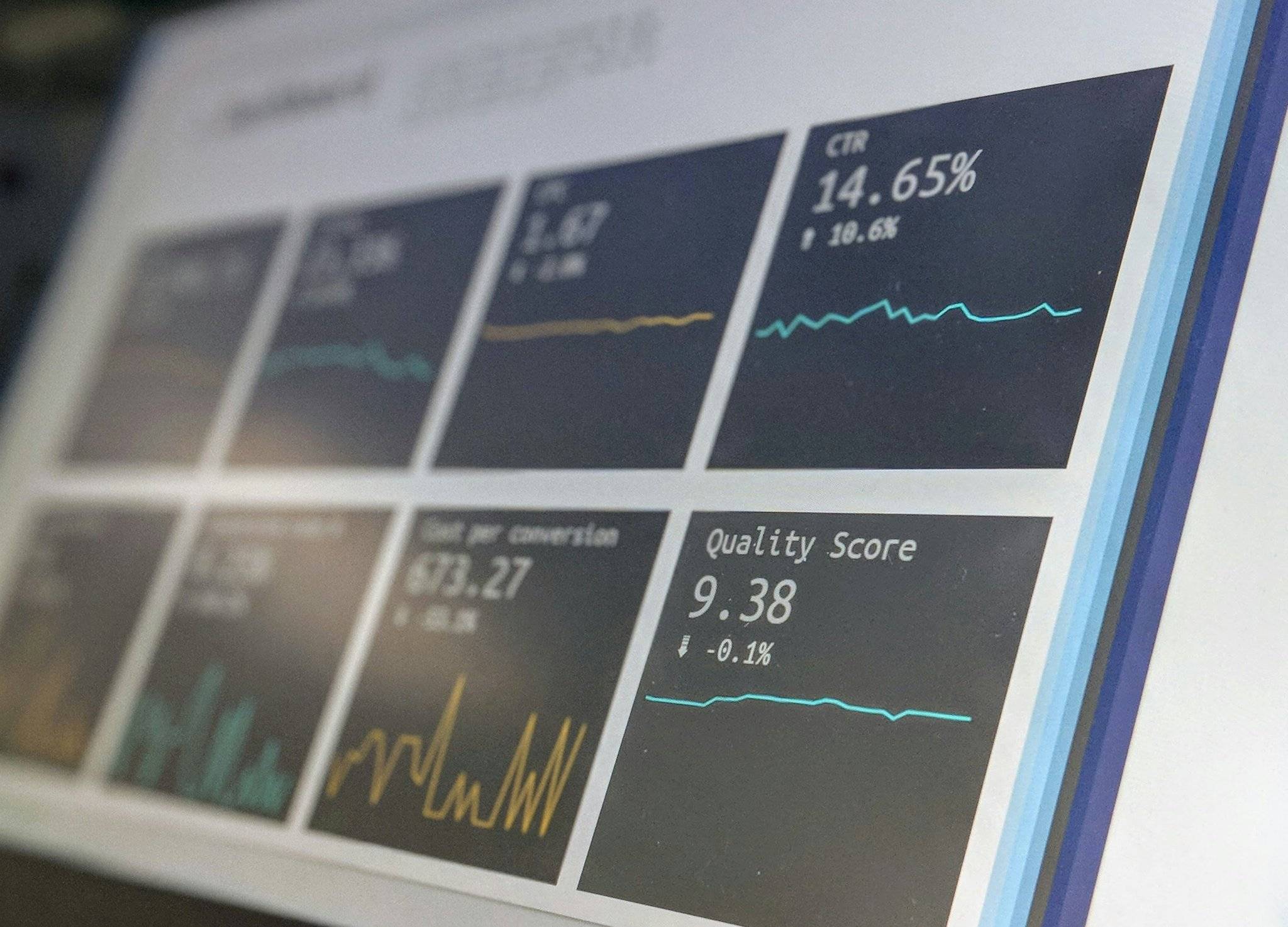Ever had that mini-heart attack when you realize your entire company’s data could be wiped out by a single hack? Yeah, us too. And if you’re like most IT teams, you’ve probably been scrambling to figure out how to keep all that precious information safe while still making it accessible when needed. Enter tape storage for archiving—a quiet but mighty solution that might just save your digital bacon.
In this guide, we’ll dive into why tape storage is making a comeback (or never really left), how to use it effectively, and some brutal truths about other so-called “modern” solutions. Ready?
Table of Contents
- Key Takeaways
- The Problem with Data Archiving
- Why Tape Storage Shines
- Best Practices for Using Tape Storage
- Real-World Success Stories
- FAQ on Tape Storage for Archiving
Key Takeaways
- Tape storage offers unmatched longevity and cost-efficiency for long-term data archiving.
- It’s immune to cyberattacks targeting cloud or online systems.
- Modern advancements make tape faster and easier to integrate than ever before.
- Poor labeling and lack of organization can render even the best tape storage useless.
The Problem with Data Archiving
Let me paint you a picture. Picture this: You’re an IT manager at a mid-sized tech company. Your team has been tasked with managing petabytes of sensitive customer data—everything from financial records to health information. On top of that, regulations like GDPR demand these files remain accessible for decades. Sound stressful? That’s because it is.
I once worked with a colleague who dumped years’ worth of critical project files onto external hard drives without proper cataloging. Fast forward six months, and guess what happened? Half those drives failed—and half our historical data disappeared forever. Ouch.
The challenge isn’t just finding somewhere to store all that data; it’s ensuring it stays secure, compliant, and retrievable whenever necessary. This is where many modern methods fall flat:
- Cloud storage gets pricey as data scales.
- Hard drives are prone to mechanical failure.
- Cybercriminals love attacking anything connected to the internet.

Why Tape Storage Shines
“Tape storage? Isn’t that ancient tech?” *Optimist You.*
“*Ugh, fine—but only if coffee’s involved.*” *Grumpy You.*
Here’s the deal: While everyone else chases shiny new SSDs and ultra-fast flash arrays, tape quietly sits there doing its thing—better than almost anything else for certain jobs. Here’s why:
- Cost-Efficient: Tapes cost way less per gigabyte compared to disk-based options.
- Longevity: Properly stored tapes last up to 30+ years without degradation.
- Air-Gapped Security: Because they’re offline, tapes aren’t vulnerable to ransomware attacks.
- Scalable: Need more space? Just add another cartridge—it’s that simple.
And yes, I said “offline.” Sounds like your laptop fan during a 4K render—whirrrr—but trust me, being disconnected is exactly what makes tape so resilient against today’s sneaky hackers.
Best Practices for Using Tape Storage
Alright, let’s talk shop. If you decide to go the tape route (and spoiler alert: you probably should), here are some golden rules:
Step 1: Invest in Quality Drives
Not all tape drives are created equal. Spend on reliable brands like IBM or Quantum, which offer robust warranties and support.
Step 2: Label Everything Clearly
Label each tape with clear metadata: date, contents, and location in the archive system. One time, my friend used cryptic shorthand (“VidBK2022”), leading to weeks spent hunting down old video backups. Learn from their mistakes!
Step 3: Store Offsite
A fireproof safe won’t cut it. For true disaster recovery, keep duplicate tapes offsite—or consider third-party vault services specializing in secure tape storage.
Terrible Tip Alert:
*Do NOT assume tape backups work without testing them first.* Too often, companies discover their “bulletproof” backup plan was DOA after disaster strikes. Always verify integrity periodically!

Real-World Success Stories
Still skeptical? Let’s look at the proof in the pudding:
NASA’s Mars Rover Data
Did you know NASA uses tape storage to preserve data collected by rovers like Curiosity? Yup! The agency relies on Linear Tape-Open (LTO) technology to safeguard mission-critical telemetry data for decades.
Financial Institutions
Banks also lean heavily on tape due to regulatory requirements around retaining customer transaction records. A major European bank reported saving millions annually by switching part of their archive strategy back to tape.

FAQ on Tape Storage for Archiving
Is tape storage outdated?
Nope! In fact, recent innovations like LTO-9 have boosted capacity and speed significantly, keeping tape relevant in enterprise environments.
Can tapes degrade over time?
Yes—if improperly handled or stored. However, proper care ensures lifespans exceeding 30 years.
How does tape compare to cloud archiving?
Tape beats cloud hands-down for cold storage scenarios, thanks to lower costs and superior durability. Cloud shines when frequent access is required.
Conclusion
We covered a lot of ground—data disasters, the unsung heroics of tape storage, grumpy rants, and practical advice. To recap:
- Tape storage remains one of the safest, most economical ways to manage large-scale data archiving.
- Invest wisely, label obsessively, test rigorously.
- Don’t sleep on air-gap security—it could save your business someday.
So next time someone scoffs at your “old-school” choice of tape, hit ‘em with this haiku:
Rustling ribbons spin, Data rests safe from the net— Tape: The silent shield.


